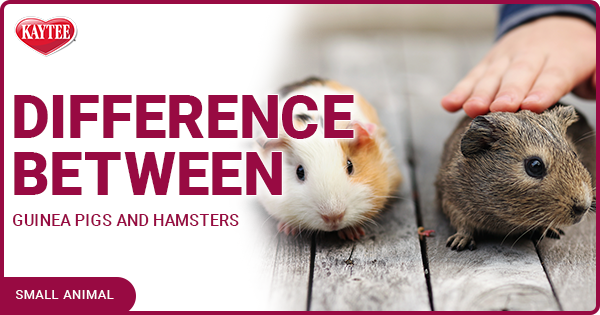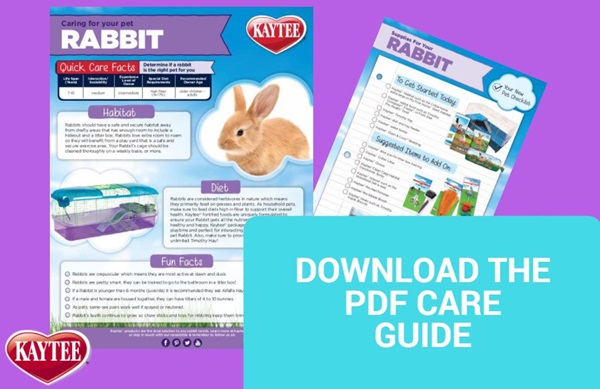Difference Between Guinea Pigs and Hamsters
Hamsters and guinea pigs are two of the most popular small animal friends coveted by kids, so let's get to know more about their history, what makes each of these critters special and decide which might be best for your family and current lifestyle.
What Is A Guinea Pig?
These often chatty (yes, they can oink!) pets are palm-size as babies and can grow to be plump little footballs as adults, although some varieties do stay a bit smaller. Guinea pigs are actually rodents with tiny tails that originated hundreds of years ago in South America's grasslands, forests, and rocky terrain. They are still present in the world today where you might spot the short-haired English breed, a wiry hair Abyssinian with swirly rosettes in its fur or the long-hair Peruvian. Learn more about guinea pig breeds here.
What Is A Hamster?
The beloved hamster is much smaller in size than a guinea pig -- but also a rodent. The most popular Golden (aka Syrian) hamster breed tops out at palm-size as an adult. The common dwarf varieties including Djungarian and Roborovsky are even smaller with adults looking like fluffy golf balls with tiny legs and nub tails. Today's pet hamsters are said to have originated from Syria in the 1930s. Sometimes these little cuties make a chattering sound with their teeth, which is much different from a guinea pig's oink! Both guinea pigs and hamsters come in a variety of color combinations featuring a caramel hue, white, brown, black, and gray. Most exhibit two or more colors on their coats. For both pet types, you can find short and long-hair breeds in pet stores and animal rescues.
Guinea Pig Vs Hamster: 3 Differences Between These Pets
Both of these animals sound pretty cute to have around the house, but what are three key differences that any new pet owner should consider? We've got you covered!
1. They need different-sized cages. Hamsters are smaller than guinea pigs overall, and therefore can be happy in smaller habitats, like the CritterTrail 2-Level Habitat featuring play tubes for tunneling and climbing. Guinea pigs on the other hand are much plumper and can't fit inside hamster tubes. Instead, they need larger cages and bigger hideouts, like the Kaytee Igloo Hideout in a large or giant size. Consider which cage size you have room for in your home.
2. They have different nutritional needs. Guinea pigs need extra vitamin C added to their diets because their bodies can't produce it in the same way as other mammals. So, treats like fresh orange slices, spinach, or carrot sticks will ensure they get the extra nutrition they need. Hamsters don't need extra vitamin C! They get enough in their pellet food mix and through occasional treats.
3. They have different personalities. Hamsters act like clowns, climbing the walls of their cages, hanging upside down, and putting on a good show for admirers young and old. They also tend to be more squirmy when handled. Guinea pigs are generally more relaxed and slower-moving during playtime outside their cage. Any animal can nip when scared or provoked, but dwarf hamsters are known to be more nibbly than guinea pigs.
If you're still unsure which pet is best for your family, go meet both a hamster and a guinea pig and see which feels right. Which pet does your child connect with? Which one do you have space for in your home? Which personality meshes with your lifestyle and age of children? Here's to finding the best pet for your family to love.
Sources:
University of California (Davis) Veterinary Medicine, Guinea Pig Care
Merck Veterinary Manual, Hamsters
VCA Hospitals, Feeding Guinea Pigs

